As any experienced fish keeper knows, adding new fish to an established aquarium isn’t as simple as dropping them into the water and hoping for the best. The process requires careful planning, patience, and understanding of fish behavior and aquarium chemistry. A thoughtful introduction helps prevent stress, disease transmission, and aggression between existing and new tank inhabitants. Whether you’re expanding your underwater community or replacing a beloved finned friend, proper introduction techniques can mean the difference between thriving additions and costly mistakes. Let’s explore the most effective methods to ensure your new aquatic residents transition smoothly into their home.
Understanding the Quarantine Process
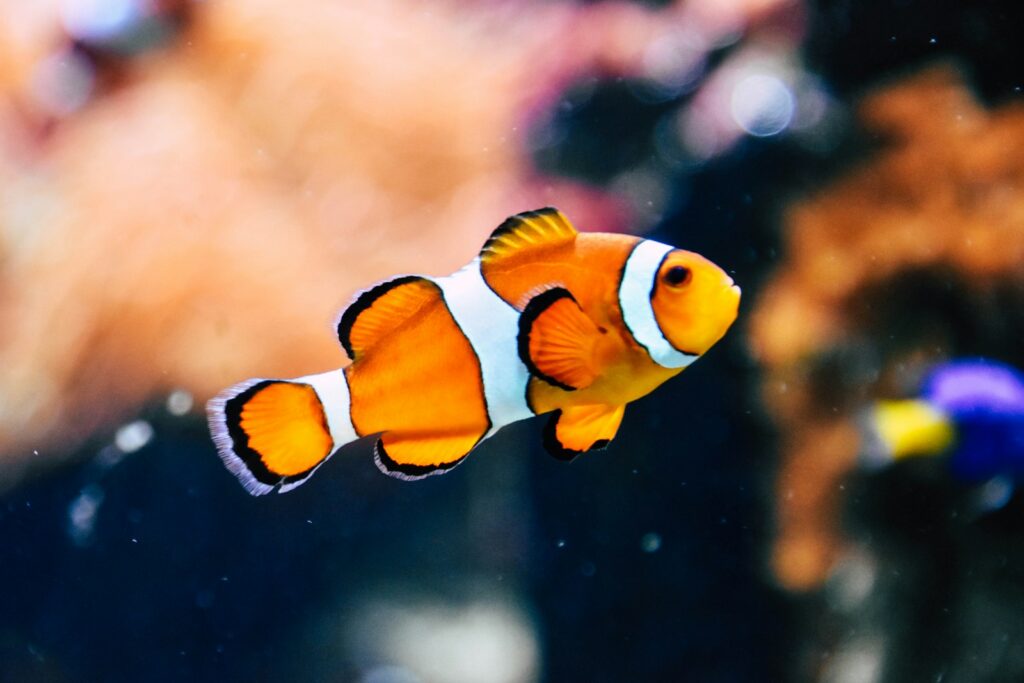
Quarantining new fish before introducing them to your main tank is perhaps the single most important step in the process. This preventative measure helps protect your established aquarium from potential diseases, parasites, or harmful bacteria that new fish might carry. A proper quarantine setup consists of a separate tank with basic filtration, appropriate water parameters, and minimal decoration to allow for easy observation. Most aquarists recommend a quarantine period of 2-4 weeks, during which you should closely monitor the new fish for any signs of illness including unusual swimming patterns, loss of appetite, visible spots, or fin deterioration. This isolation period also gives the fish time to recover from the stress of transport and adapt to your water conditions before facing the additional challenge of integrating with other fish.
Matching Water Parameters
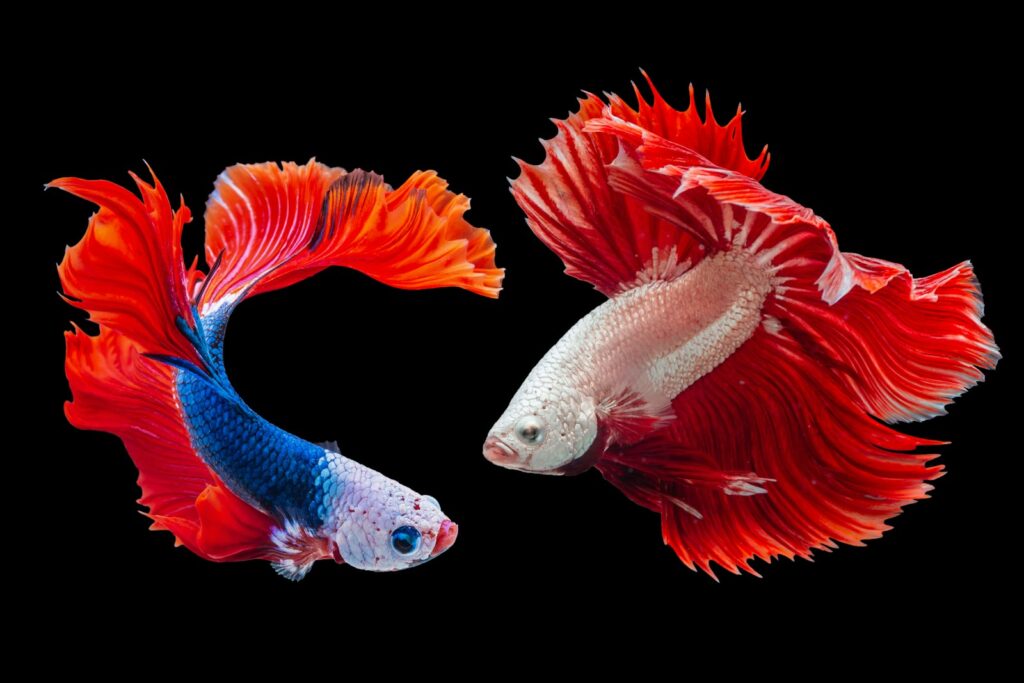
Fish are extremely sensitive to changes in water chemistry, and even minor variations can cause significant stress or even death. Before introducing new fish to your aquarium, ensure that the parameters of both tanks—including temperature, pH, hardness, and ammonia/nitrite/nitrate levels—match as closely as possible. Start by testing both the quarantine tank and main aquarium water using reliable test kits. If there are differences, make gradual adjustments to the quarantine tank over several days until parameters align with your main tank. For particularly sensitive species like discus or certain invertebrates, consider using water from your main tank for water changes in the quarantine setup during the final week before introduction. This methodical approach minimizes the shock fish experience during transfer and significantly increases their chances of successful integration.
Researching Compatibility

Not all fish can peacefully coexist, regardless of how carefully you introduce them. Before purchasing new additions, thoroughly research their compatibility with your current inhabitants based on several key factors. Consider territoriality, as some species actively defend specific areas of the tank and may become aggressive toward newcomers invading their space. Water layer preferences matter too—overcrowding any particular level (bottom, middle, or top) can create unnecessary competition and stress. Diet requirements should align, as mixing predatory fish with potential prey creates an obvious problem. Size disparities can lead to larger fish viewing smaller species as food rather than neighbors. Temperament compatibility is crucial; mixing very active, boisterous species with shy, peaceful ones often results in the timid fish being constantly stressed and unable to feed properly.
Timing the Introduction
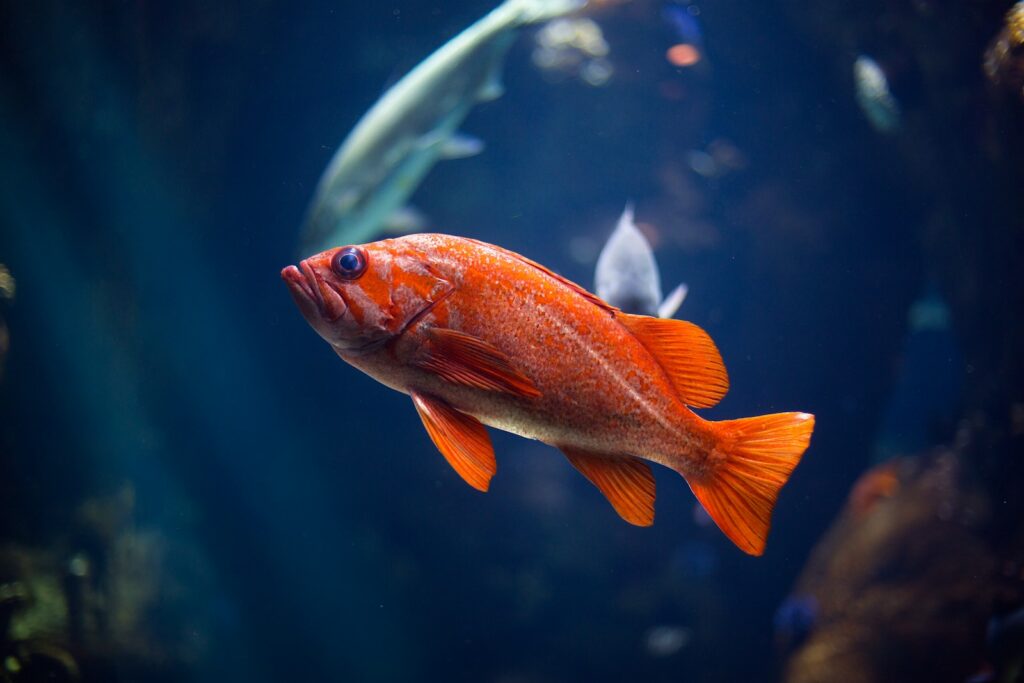
The time of day you choose to introduce new fish can significantly impact their stress levels and initial interactions with existing inhabitants. Most experienced aquarists recommend adding new fish in the evening, shortly before turning off the tank lights. This approach offers several benefits for a smoother transition. First, most fish are naturally less active at night, reducing the likelihood of immediate territorial confrontations or chasing behaviors. The darkness provides new additions with opportunities to explore their surroundings and find hiding spots without being constantly watched or pursued by curious or aggressive tank mates. Additionally, by morning, resident fish are often less reactive to the newcomers, as their presence has become somewhat familiar during the overnight hours. If your fish are diurnal (active during daylight), this nighttime introduction gives them crucial hours to acclimate before facing their first full day of interaction.
Using the Drip Acclimation Method
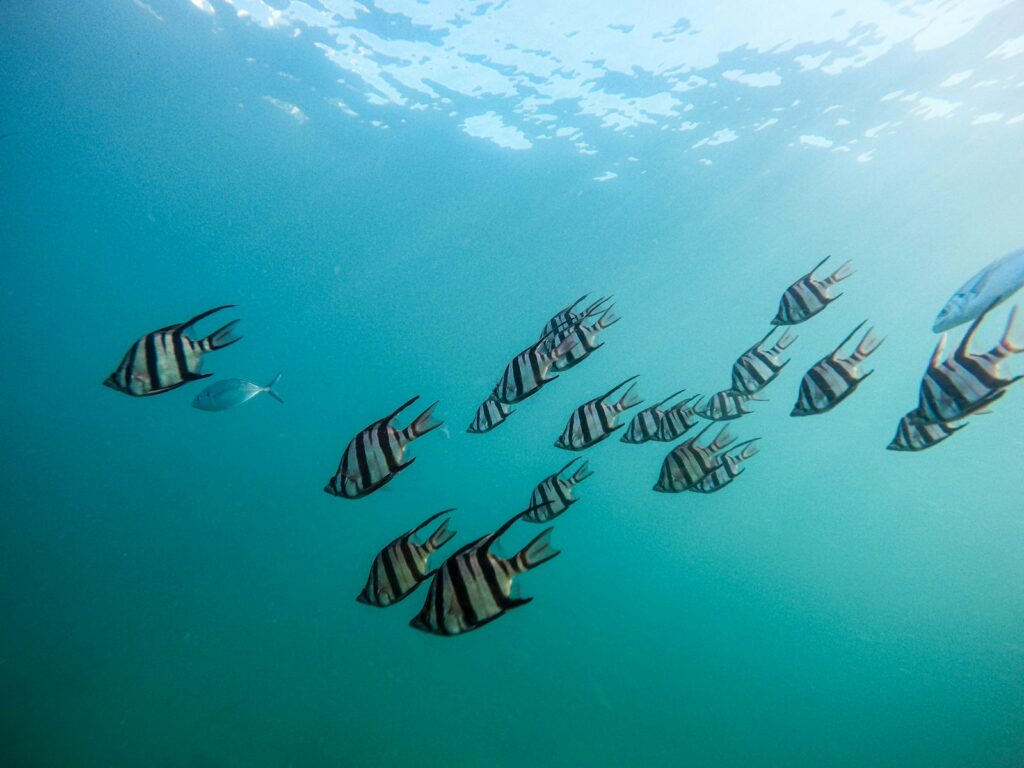
Drip acclimation stands as one of the most effective techniques for gradually introducing fish to new water conditions while minimizing stress. To properly execute this method, start by floating the bag containing your new fish in the aquarium for about 15-20 minutes to equalize temperature. Next, transfer the fish and some of their original water to a clean bucket or container, being careful not to include pet store water in your main tank. Set up an air line tubing with a control valve or tie a loose knot to create a slow drip of water from your aquarium into the container, aiming for 2-4 drops per second. Allow this process to continue until the water volume in the container has at least doubled, typically taking 45-60 minutes for most freshwater species and up to two hours for more sensitive marine organisms. This gradual mixing gives the fish’s biological systems time to adjust to the different mineral content, pH, and other parameters of your aquarium water.
Rearranging Tank Decor
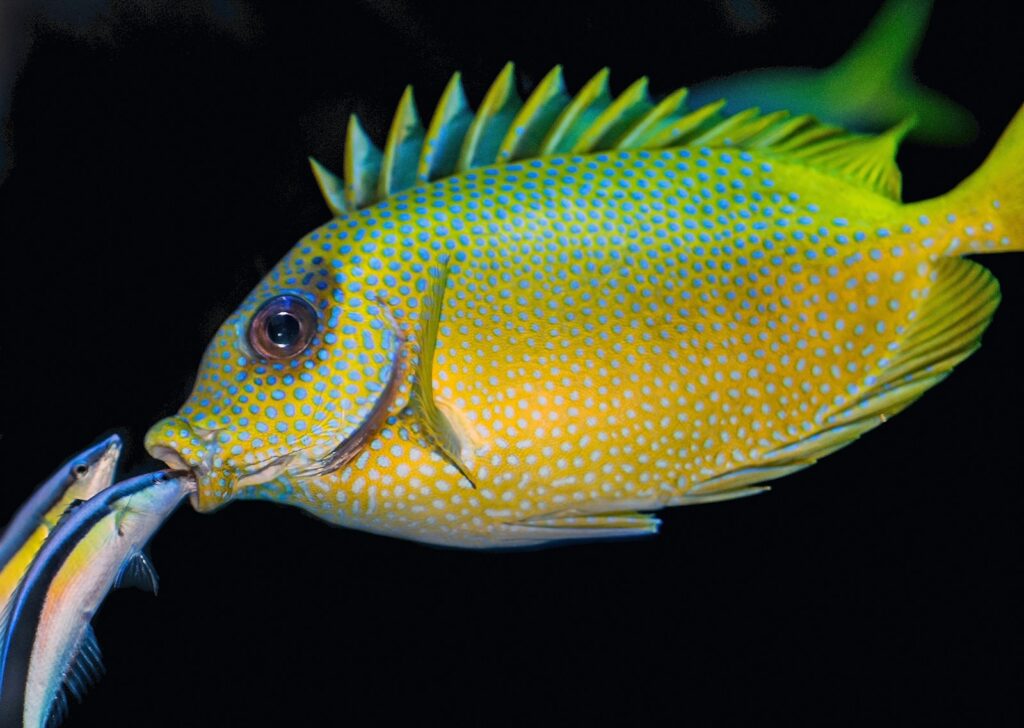
Established fish develop strong territorial attachments to specific areas within an aquarium, which can create challenges when introducing newcomers. Strategically rearranging your tank decorations before adding new fish can significantly reduce territorial aggression and create a more neutral environment for all inhabitants. By changing the aquascape, you effectively reset territorial boundaries, forcing all fish—both residents and newcomers—to establish new territories simultaneously. Focus on creating multiple distinct territories with breaks in line of sight using plants, rocks, driftwood, or decorations that provide visual barriers between different areas of the tank. Ensure you include plenty of hiding spots distributed throughout the aquarium so that less dominant fish can retreat when feeling threatened. This rearrangement technique proves particularly effective with territorial species like cichlids, bettas, and certain catfish that tend to be more aggressive toward intruders in their established domains.
Using a Temporary Divider
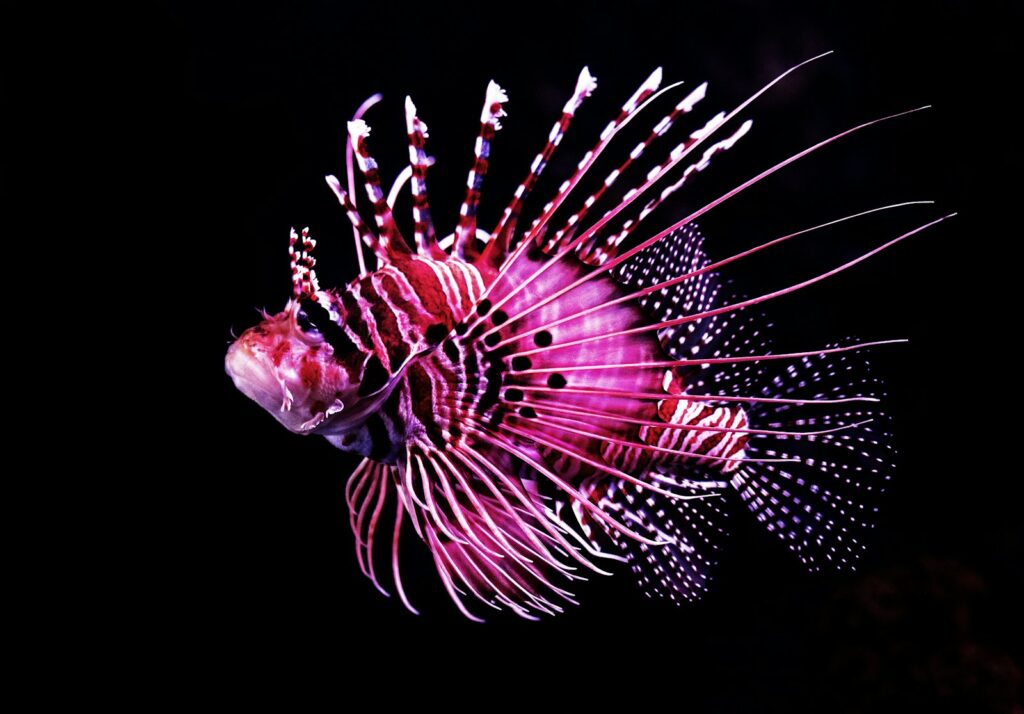
For particularly aggressive species or when introducing fish that might initially be targeted, a temporary tank divider can provide a controlled introduction method. Mesh dividers, which allow water to flow freely between sections while preventing physical contact, give new fish time to acclimate to tank conditions while remaining protected from established residents. Ideally, use a clear or mesh divider that allows fish to see each other, helping them become visually familiar without the risk of physical confrontation. This visual exposure often reduces the novelty factor that can trigger aggressive responses when dividers are removed. Plan to keep the divider in place for at least a few days, watching for signs that fish on both sides are showing less interest in each other and more normal behavior patterns. When removing the divider, choose a time when you can monitor the tank for several hours afterward to intervene if serious aggression occurs.
Introducing Fish in Groups

When adding schooling or shoaling species to your aquarium, always introduce them in appropriate groups rather than individually. Many popular aquarium fish including tetras, rasboras, danios, and many barbs naturally form protective groups in the wild, and this social structure remains crucial to their well-being in captivity. Adding these fish in groups of five or more (depending on the species and tank size) helps distribute any aggression from existing fish across multiple targets rather than focusing it on a single newcomer. The group also provides social security for the new additions, reducing their stress levels significantly as they explore unfamiliar territory. Research clearly shows that solitary specimens of schooling species often display heightened stress responses, weakened immune systems, and abnormal behaviors compared to those kept in proper social groups. Even for non-schooling species, adding multiple new fish simultaneously can sometimes reduce territorial reactions from established fish.
Adjusting Feeding Routines

Competition for food represents one of the primary sources of conflict when integrating new fish into an established aquarium. Temporarily modifying your feeding approach can help ensure all fish receive adequate nutrition while reducing aggression during this critical transition period. Consider increasing feeding frequency to 3-4 smaller meals per day rather than one or two larger feedings, which creates multiple opportunities for shy or timid newcomers to eat without facing intense competition. Distribute food across different areas of the tank simultaneously, focusing some portions near the hiding spots where new fish may be sheltering. For the first week after introduction, slightly increasing the overall food quantity can reduce resource competition while being careful not to compromise water quality with excess waste. If you notice certain fish consistently missing out on meals, target feeding with tools like feeding tongs, pipettes, or feeding cones can deliver nutrition directly to specific areas or individuals.
Using Distraction Techniques
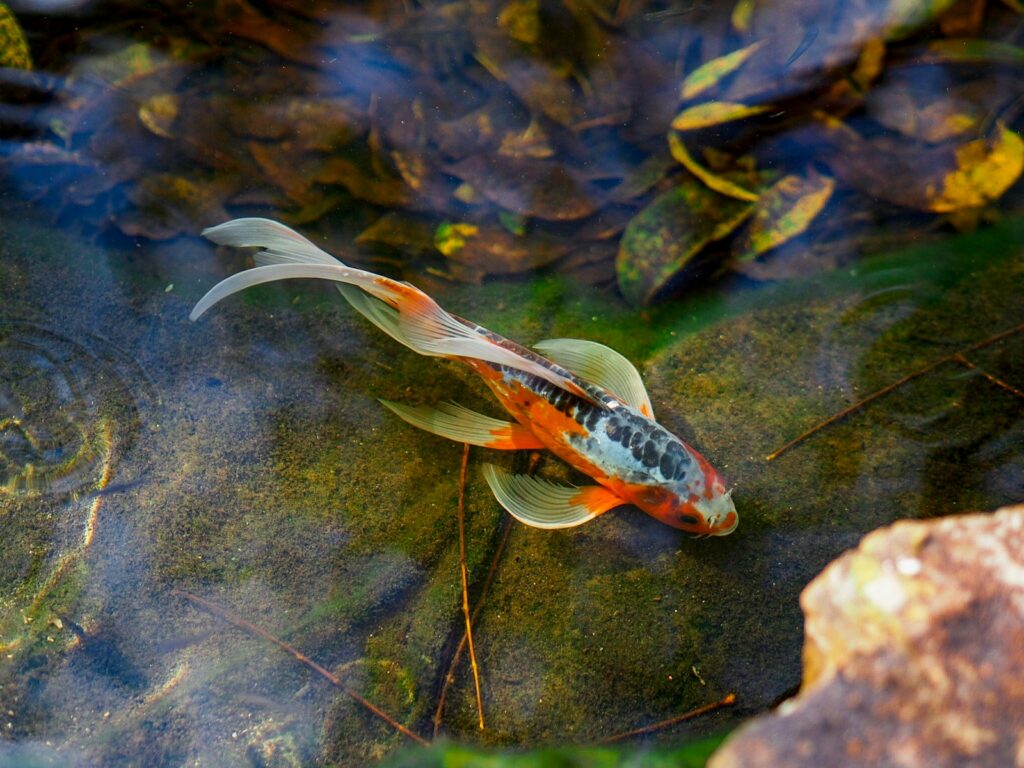
Strategic distraction can significantly reduce initial aggression toward new fish by redirecting the attention of established residents. One effective approach involves performing a partial water change (15-20%) shortly before introducing new fish, as the fresh water often stimulates existing fish to explore their environment with renewed interest. Adding novel decorations or rearranging existing ones simultaneously with new fish can split the residents’ attention between environmental changes and newcomers. Some aquarists successfully use feeding as a distraction, introducing favorite foods in one area of the tank while quietly adding new fish in another location. For particularly aggressive species, temporarily adding extra visual stimulation like placing a mirror against the outside glass for short periods (5-10 minutes) before introduction can pre-occupy territorial defenders with their own reflections. These distraction techniques work by exploiting fish psychology—most species can only focus their territorial or aggressive behaviors on one stimulus at a time.
Monitoring for Signs of Stress or Disease

The days immediately following introduction represent a critical period when new fish are most vulnerable to stress-related health issues and existing fish may display problematic behaviors. Develop a systematic observation routine, spending at least 15-20 minutes several times daily watching for concerning signs including clamped fins, rapid breathing, hiding for extended periods, or refusing food for more than 24 hours among new additions. In established fish, watch for unusually aggressive chasing, nipping, or bullying behaviors that persist beyond the first day. Monitor water parameters closely during this period, as the bioload increase from new fish might temporarily affect the nitrogen cycle, particularly in heavily stocked aquariums. Keep stress-reducing products like Seachem Prime, API Stress Coat, or similar water conditioners on hand in case of emergency interventions. Maintain a quarantine tank ready for several weeks after introduction in case any fish needs to be temporarily removed from the main display due to health concerns or serious aggression issues.
Creating Visual Barriers and Escape Routes
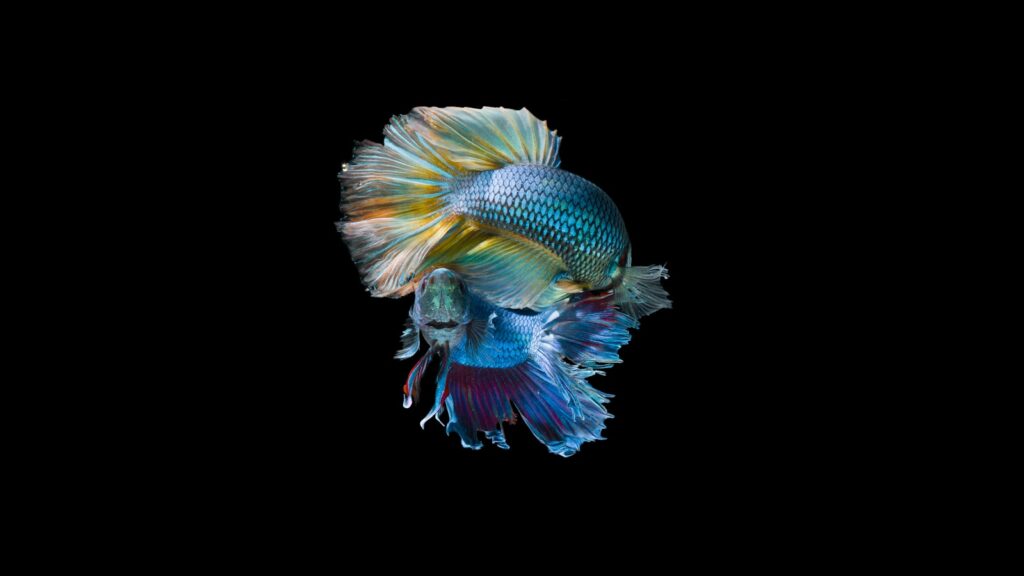
Thoughtful aquascaping plays a crucial role in successful fish introductions by providing psychological security for both new and established inhabitants. Dense plantings (live or artificial) create visual barriers that break territorial lines of sight, reducing the likelihood of constant confrontations between fish. Floating plants offer additional benefits by diffusing light and creating shadowed areas where more timid species can feed and explore with greater confidence. Arrange hardscape elements like rocks, driftwood, and decorations to create multiple distinct territories with various entrance and exit points, preventing any fish from becoming cornered during chases. For bottom-dwelling species, include caves, tubes, or overhangs at various heights throughout the tank, as these retreat spaces provide crucial sanctuary during the establishment of new social hierarchies. This strategic approach to aquarium design acknowledges that fish naturally seek environmental features that provide both security and escape options when under social pressure.
Understanding the Nitrogen Cycle Impact
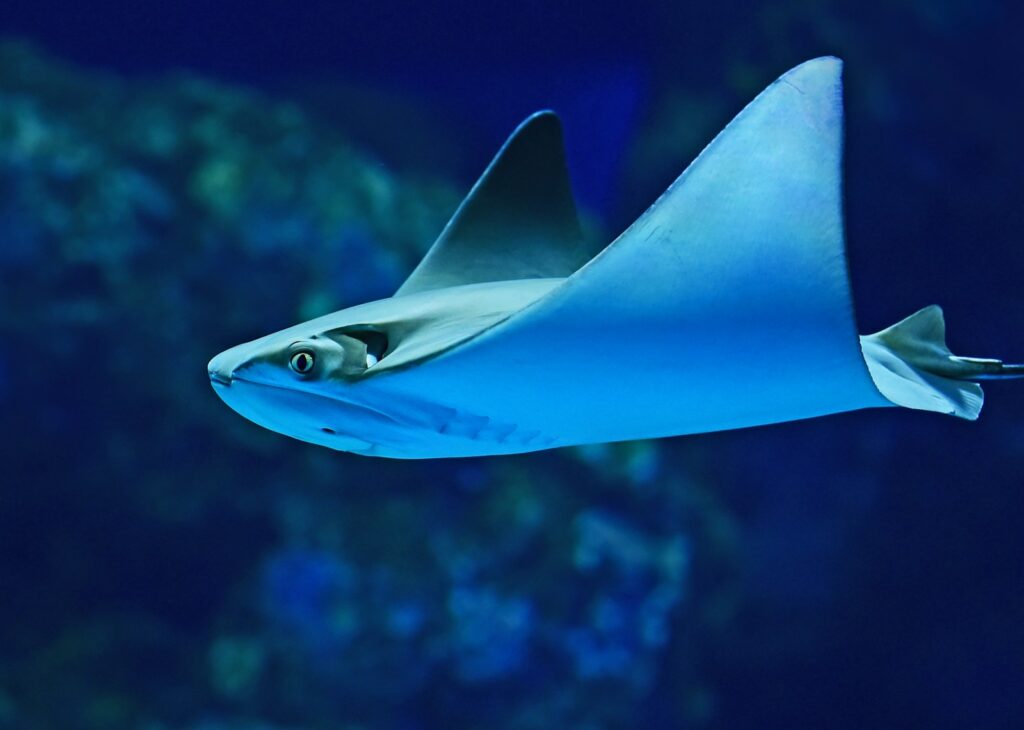
Adding new fish inevitably increases the bioload in your aquarium, potentially challenging the established beneficial bacteria colonies responsible for processing waste. Before introduction, consider temporarily reducing feeding in the main tank for 2-3 days to lower nitrate levels and create some buffer capacity in your biological filtration system. When adding multiple new fish, stage their introduction in smaller groups spaced 1-2 weeks apart rather than adding all new specimens simultaneously, giving your biological filtration time to adjust gradually. Monitor ammonia, nitrite, and nitrate levels daily for at least a week after adding fish, performing small water changes (10-15%) at the first sign of elevated readings. For substantial additions to heavily stocked tanks, consider temporarily supplementing your filtration with products containing beneficial bacteria cultures like Seachem Stability, API Quick Start, or Fluval Cycle to help manage the increased bioload. This careful attention to nitrogen cycle dynamics prevents the stress and health issues associated with even minor spikes in toxic waste compounds.
Knowing When to Intervene

While some chasing and establishing of hierarchy is normal during the introduction period, recognizing when to step in requires careful observation and judgment. Immediate intervention is necessary if you observe any physical damage such as torn fins, scale loss, or injuries from aggressive encounters. Persistent hiding where fish are unable to access food for more than 48 hours indicates serious stress that requires addressing, possibly by providing additional hiding spots or removing particularly aggressive individuals. Watch for symptoms of rapid stress-induced disease like white spots (ich), unusual body positioning, or gasping at the surface, which often develop quickly after traumatic introductions. For less serious but concerning behaviors, temporary solutions include adding floating plants for additional cover, using a clear tank divider until aggression subsides, or in some cases, rearranging decorations again to disrupt territories. Remember that each fish species has different tolerance levels for stress, and what might be manageable for robust species could be deadly for more sensitive varieties.
Conclusion
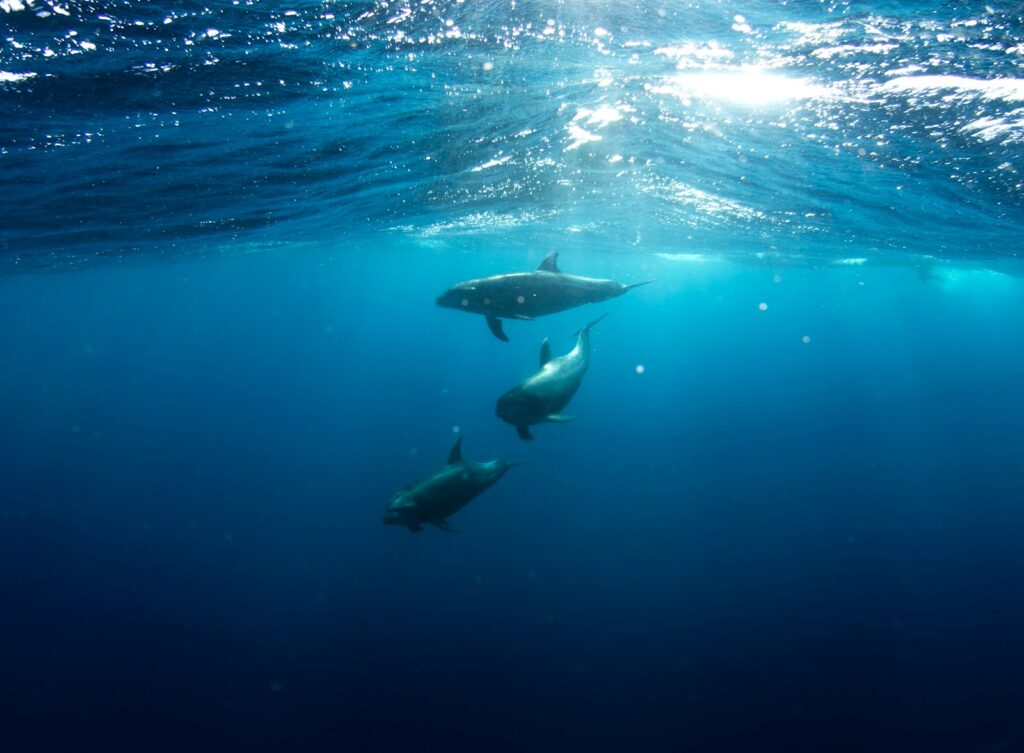
Successfully introducing new fish to an established aquarium requires patience, preparation, and an understanding of both the biological and behavioral aspects of aquarium keeping. By following these methodical approaches—from proper quarantine and acclimation to thoughtful aquascaping and ongoing observation—you significantly increase the chances of creating a harmonious underwater community. Remember that each species has unique needs and temperaments, so research remains your most valuable tool. What works perfectly for peaceful community tanks might need modification for more territorial species. With careful planning and these best practices, your aquarium can continue to evolve and thrive as you welcome new finned friends to their underwater home.

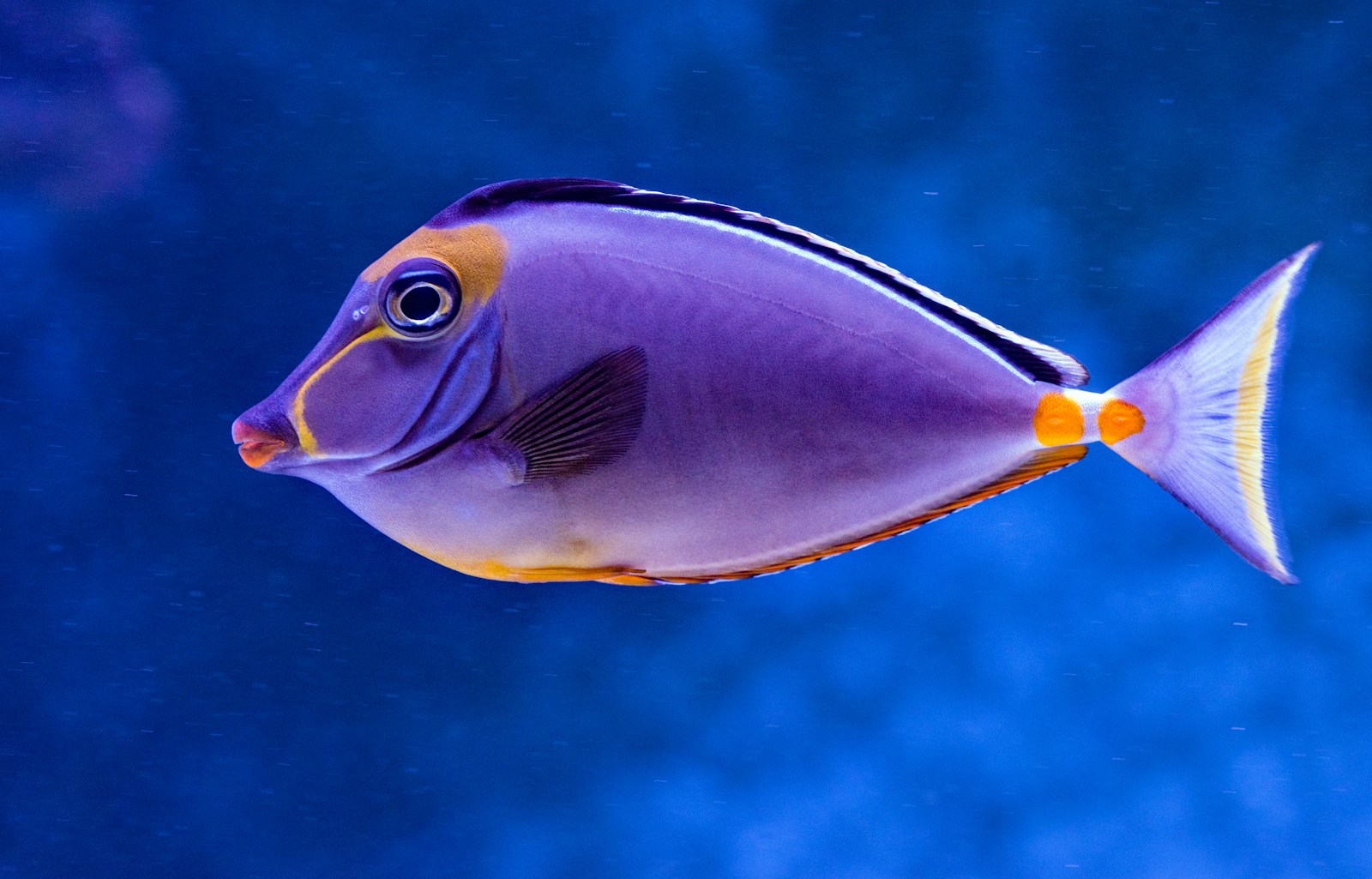
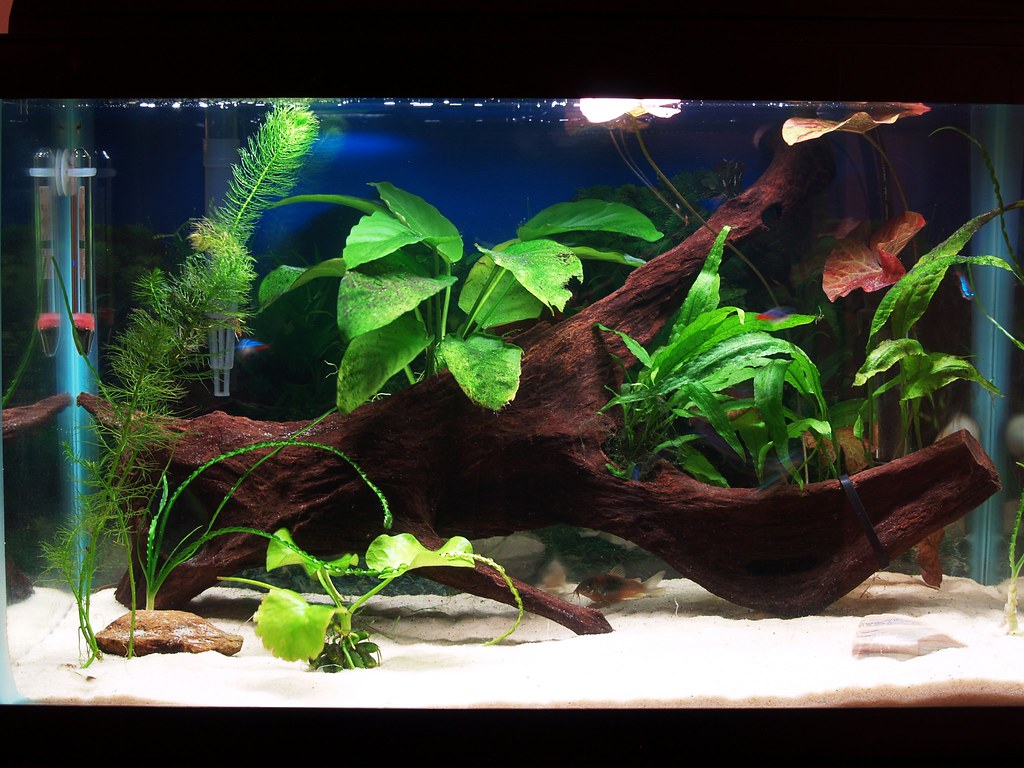
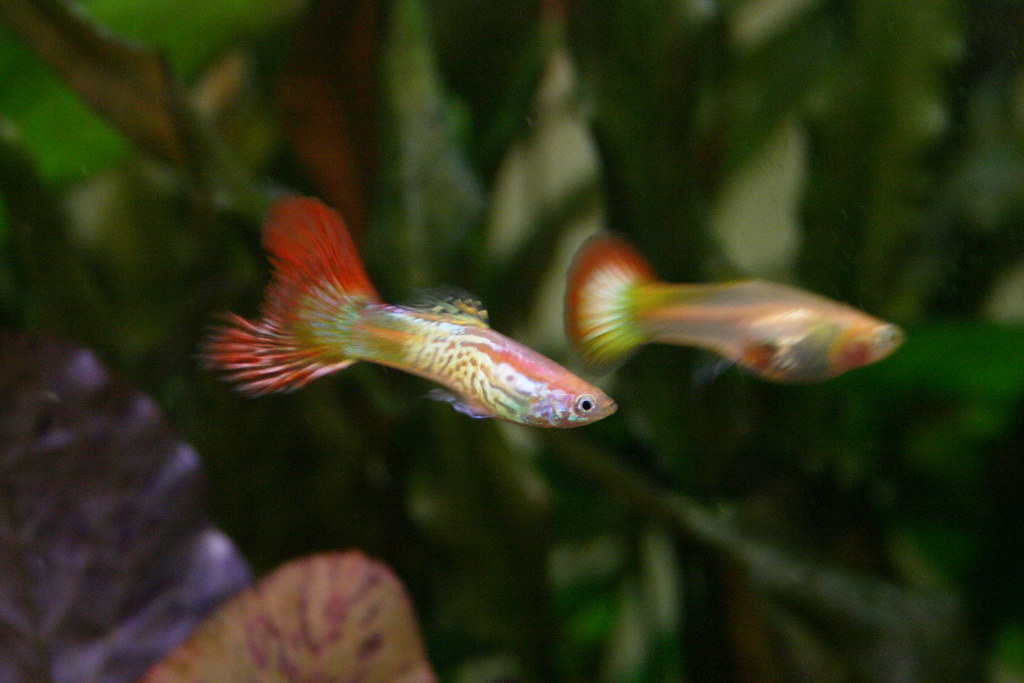


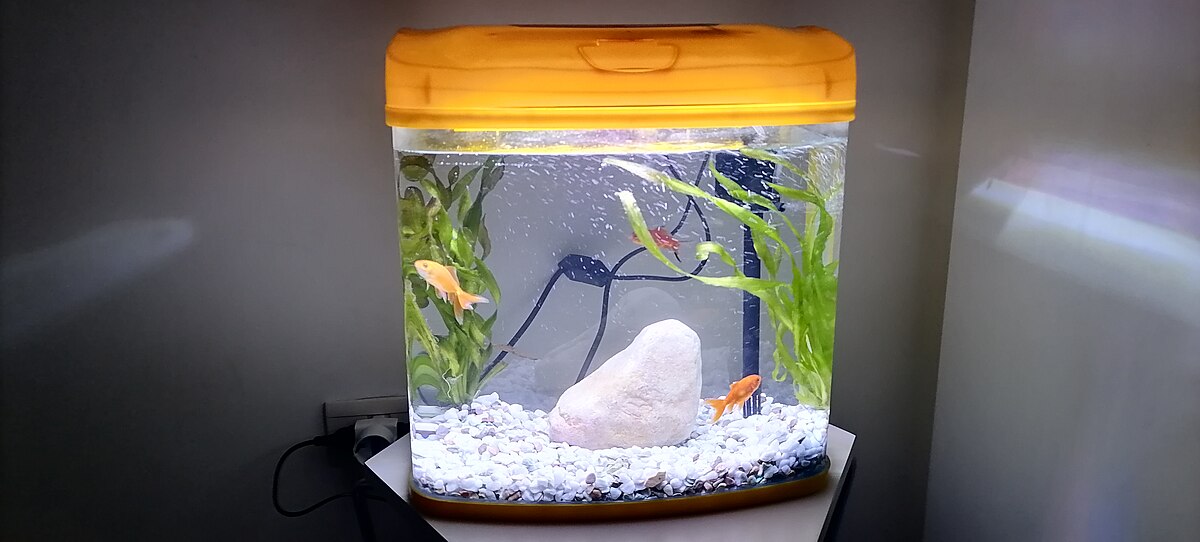
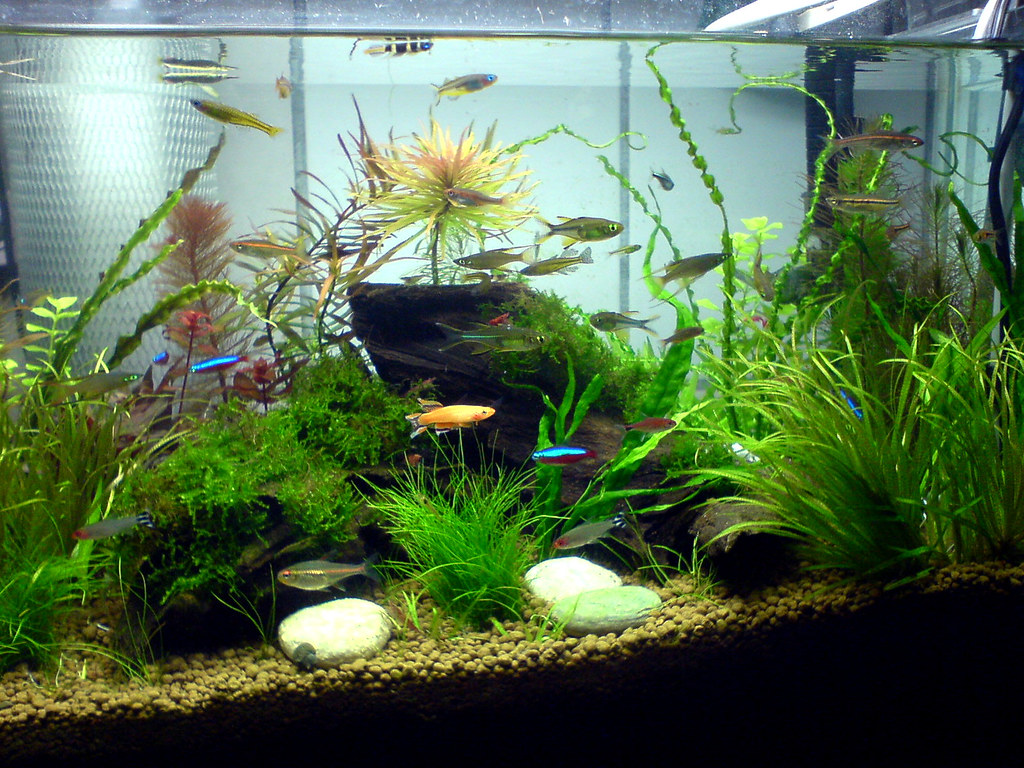
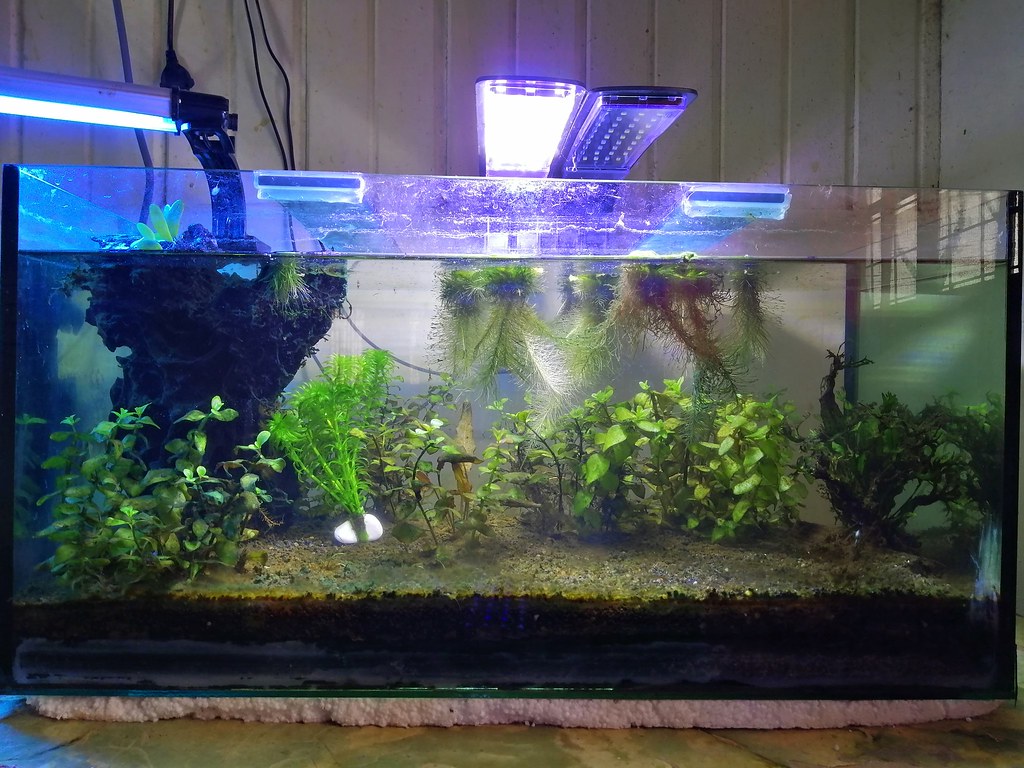
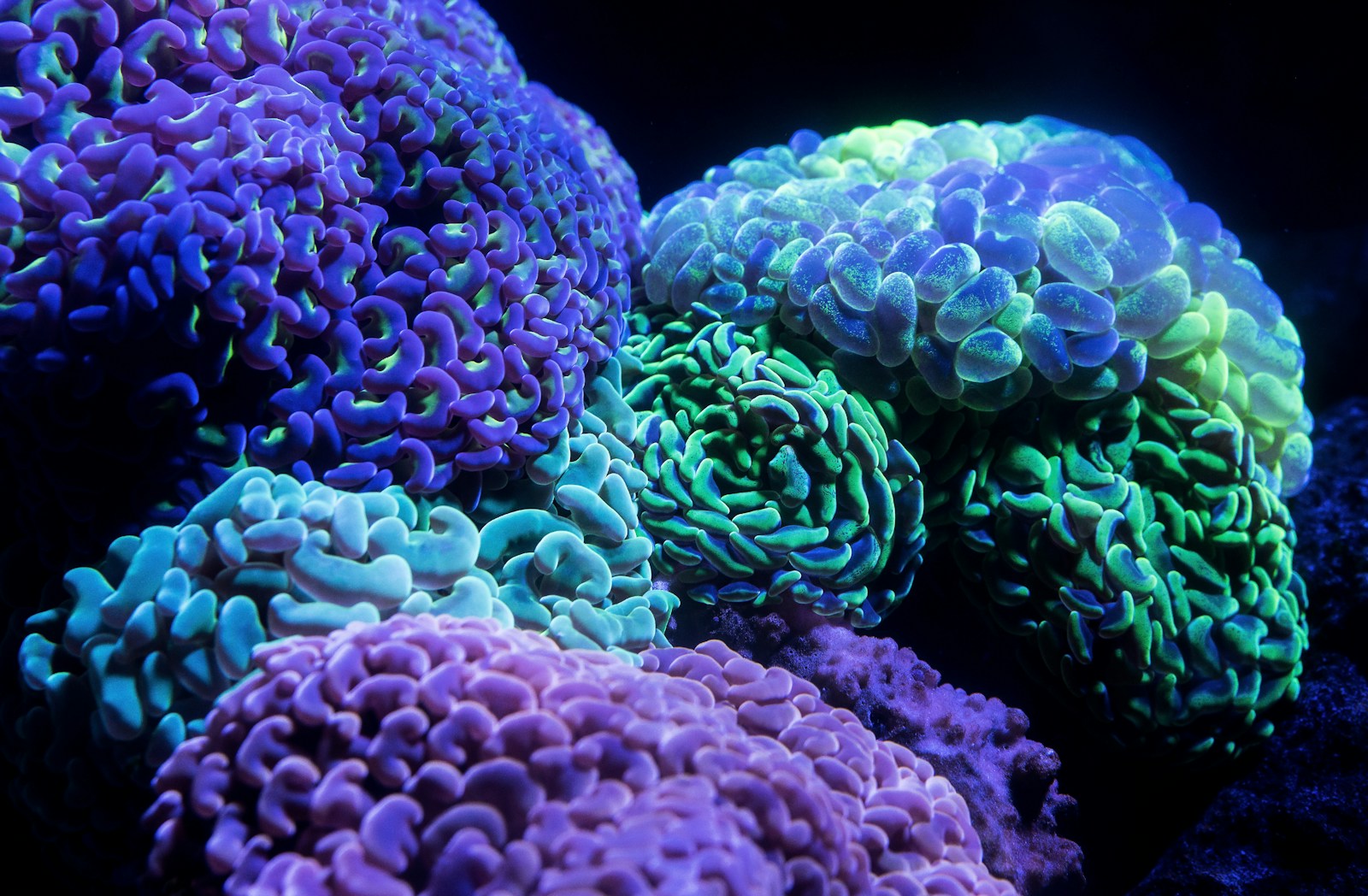

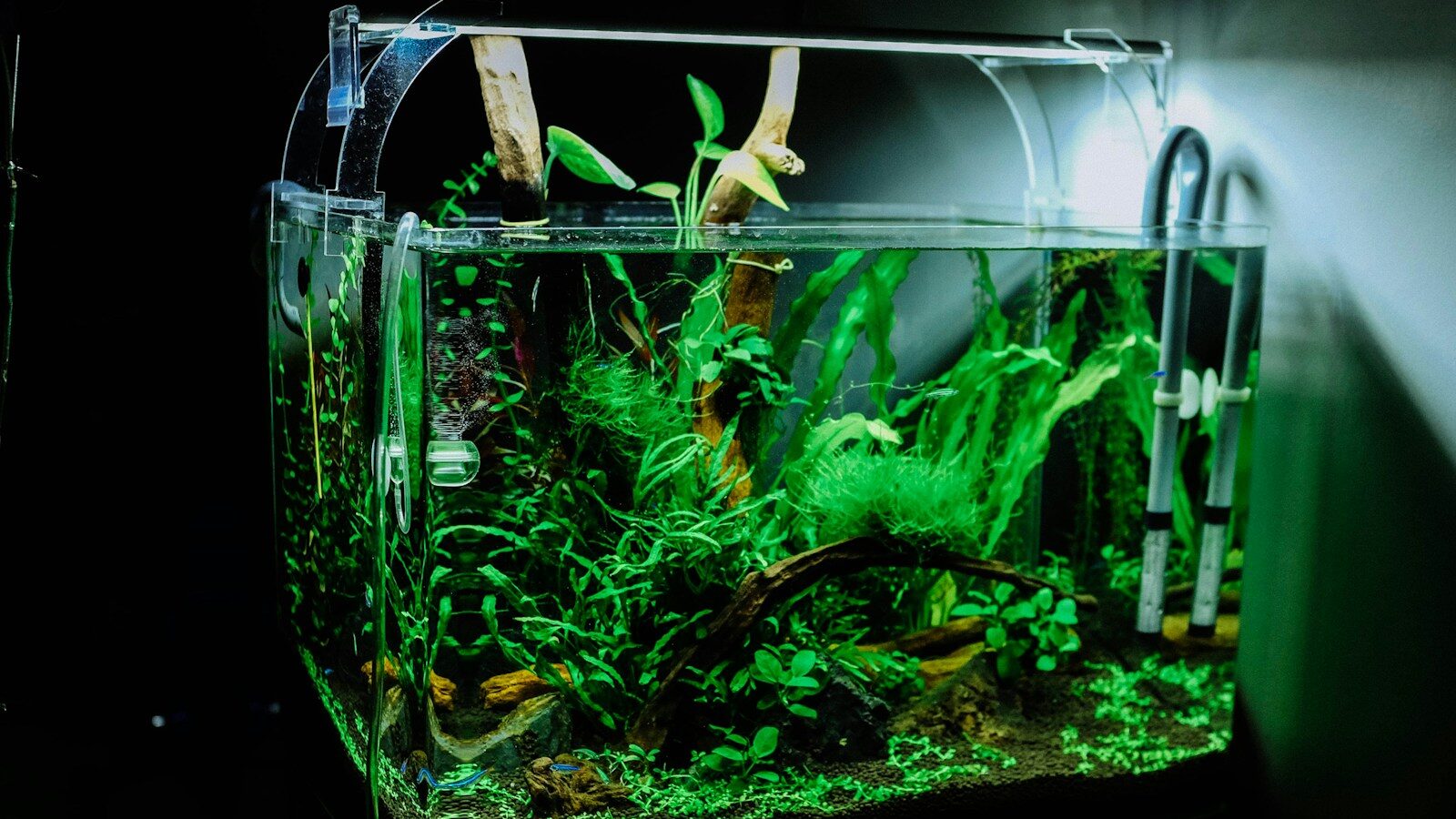




Leave a Reply